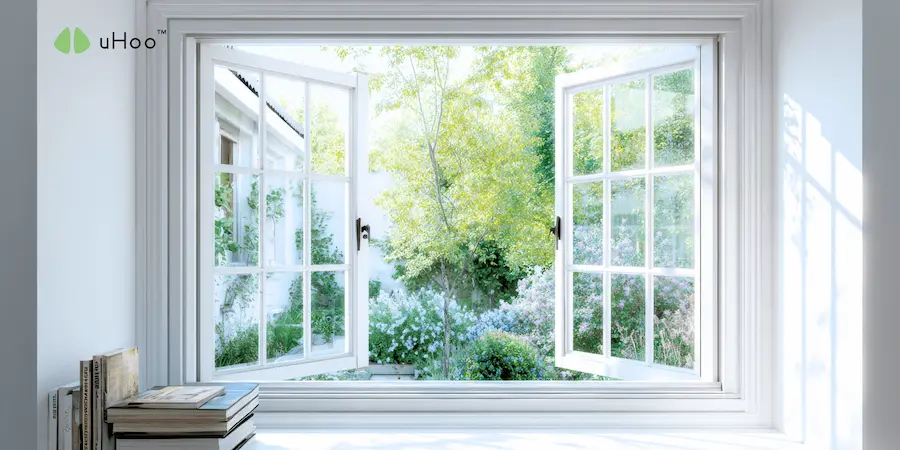Imagine your home as a living, breathing organism. Just like your body needs lungs to process oxygen and expel waste, your home needs proper ventilation to bring in clean air and expel stale, polluted air. A lack of this vital function can lead to a host of health issues, from minor irritations to chronic respiratory problems.
For the modern homeowner, understanding how to implement a system of proper ventilation is a fundamental part of maintaining a healthy and safe living environment. It can truly transform your indoor air from a stagnant, polluted space into a vibrant, clean one.
The primary goal of ventilation is to control and dilute indoor pollutants. These pollutants come from a variety of sources. Moisture, for example, is a constant issue in kitchens and bathrooms. Without proper ventilation, it can lead to condensation, which is a breeding ground for mold and mildew.
Particulate matter from cooking and dust, along with Volatile Organic Compounds from household products, can linger in the air for hours or even days. And of course, the simple act of breathing in a closed room can quickly lead to high levels of carbon dioxide (CO2).
So, what does a system of proper ventilation look like? It’s a combination of natural and mechanical strategies, all working in concert.
- Natural Ventilation: This is the simple act of using windows and doors to let fresh air in. While it’s the most basic method, it’s not always the best. As we’ve discussed, it’s crucial to time this correctly to avoid bringing in outdoor pollution.
- Spot Ventilation: This involves using exhaust fans in specific areas where pollutants are generated. A kitchen exhaust fan that vents to the outside is crucial for removing cooking odors, smoke, and PM2.5. Similarly, a bathroom fan helps remove moisture after a shower, preventing mold and mildew from taking hold.
- Whole-Home Ventilation: For modern, energy-efficient homes, a whole-home ventilation system is often necessary. Systems like Heat Recovery Ventilators (HRVs) and Energy Recovery Ventilators (ERVs) are designed to continuously bring in fresh air while recovering energy from the outgoing air. They are a game-changer for maintaining consistent air quality.
To make this complex system work effectively, you need a way to measure its impact. This is where the uHoo air quality monitor comes in. It provides the crucial, real-time data you need to ensure your ventilation strategy is working.
With uHoo, you can see if your bathroom fan is effectively removing moisture. You can confirm that your kitchen vent is clearing the air after cooking. You can even see if a whole-home system is maintaining low levels of CO2 throughout the day.
uHoo provides a complete picture, monitoring nine different air quality factors, and its app translates this data into actionable insights. It can alert you when CO2 levels are rising in your living room, prompting you to take action. This takes the guesswork out of proper ventilation and empowers you to make your home a truly healthy place to live.

